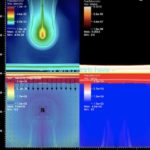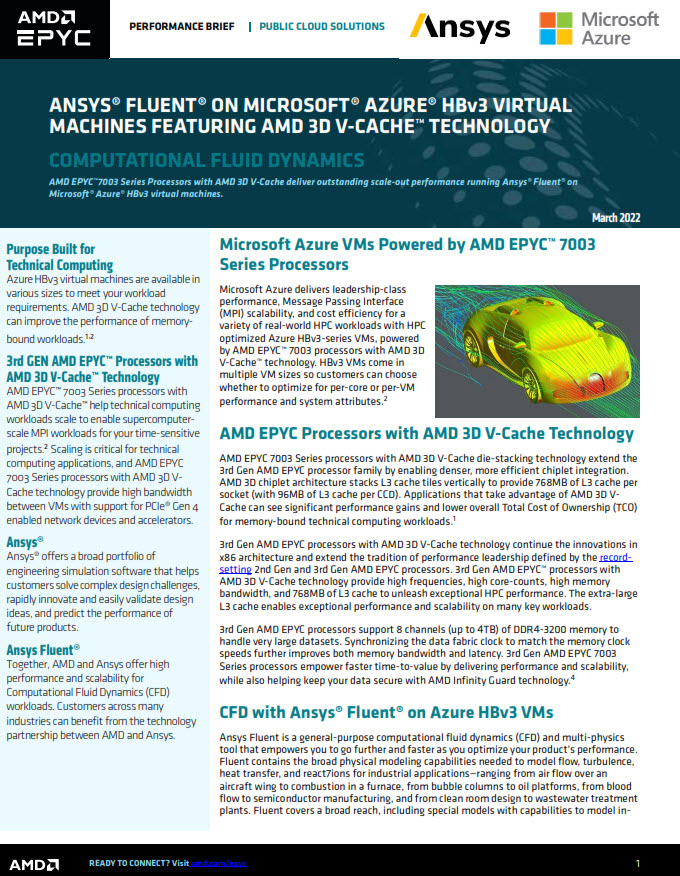Drawing on the power of a supercomputer from Dell Technologies and AMD, Durham University and DiRAC scientists are expanding our understanding of the universe and its origins. In scientific circles, everyone knows that more computing power can lead to bigger discoveries in less time. This is the case at Durham University in the U.K., where researchers are unlocking insights into our universe with powerful high performance computing clusters from Dell Technologies.
Research Centers at Cambridge and Durham Universities Add Nvidia, Dell EMC HPC Resources
At Nvidia’s GTC conference this week, Nvidia and Dell EMC released details of HPC installations at two UK academic supercomputing centers to accelerate computing resources at the two sites. At Durham University, the COSMA-8 supercomputer — to be used by cosmologists researching the origins of the universe — will be accelerated by Nvidia HDR InfiniBand […]
Supercomputing How First Supernovae Altered Early Star Formation
Over at LBNL, Kathy Kincade writes that cosmologists are using supercomputers to study how heavy metals expelled from exploding supernovae helped the first stars in the universe regulate subsequent star formation. “In the early universe, the stars were massive and the radiation they emitted was very strong,” Chen explained. “So if you have this radiation before that star explodes and becomes a supernova, the radiation has already caused significant damage to the gas surrounding the star’s halo.”
Saul Perlmutter presents: Data, Computation, and the Fate of the Universe
“I think it’s a very interesting period for human cosmology because it’s a golden age in which every ten years we learn breathtaking new parts of the story. We have never before been able to do that in human history – to have the chance we have now to look at and understand the universe we live in.”







